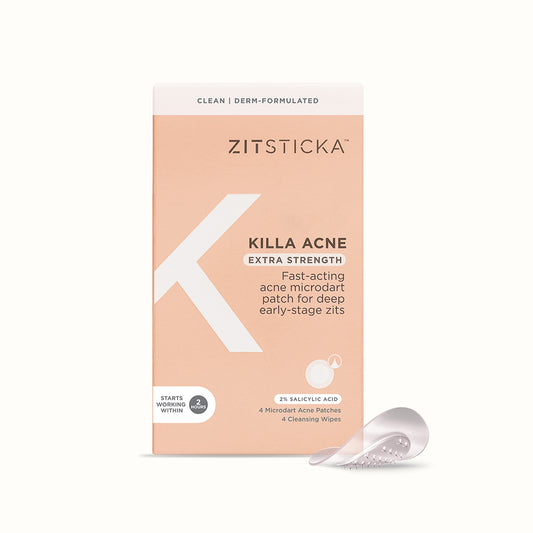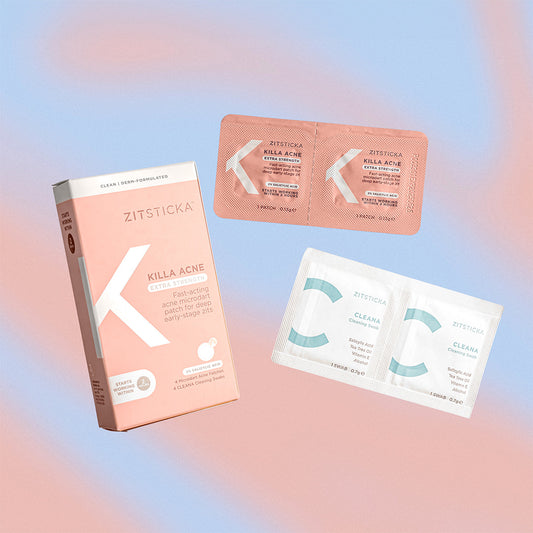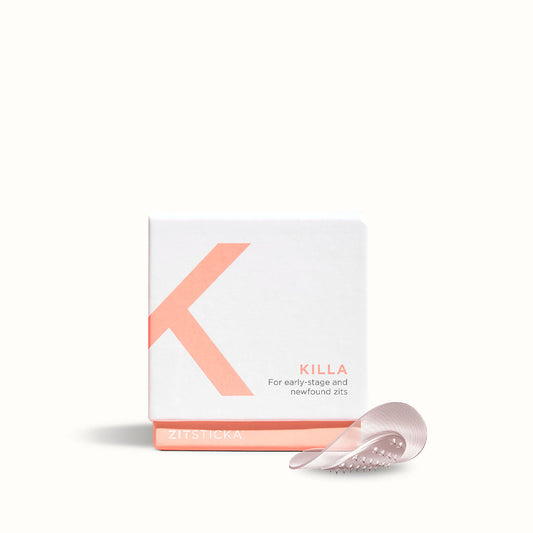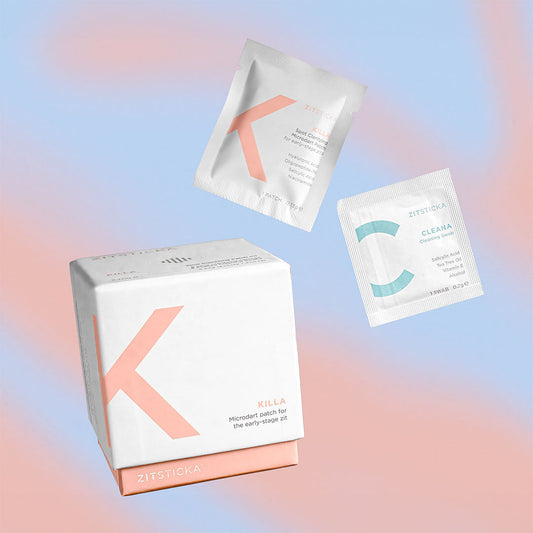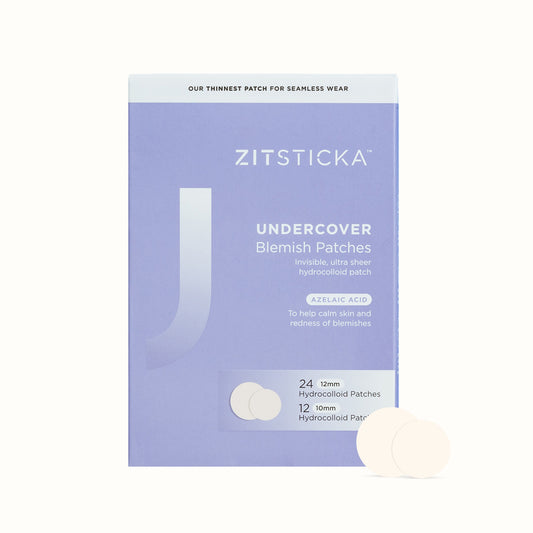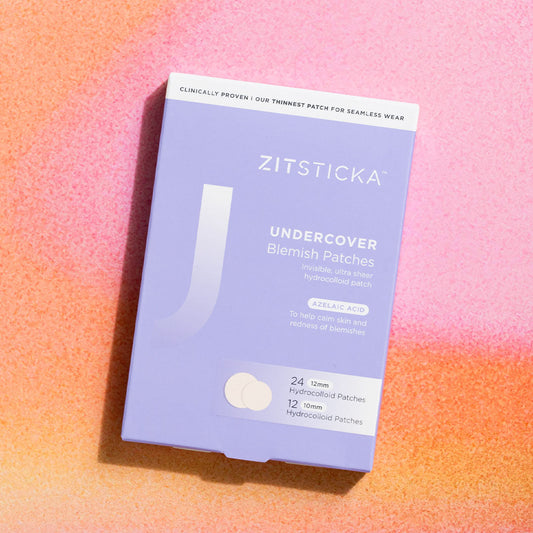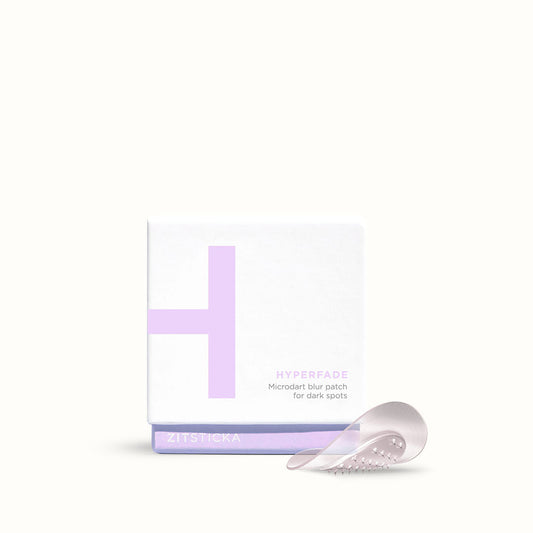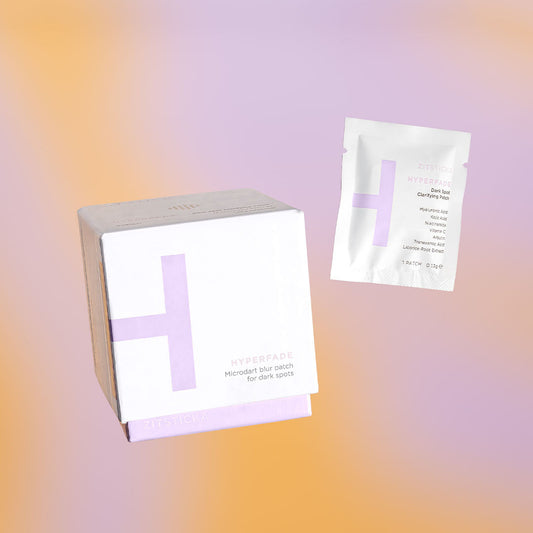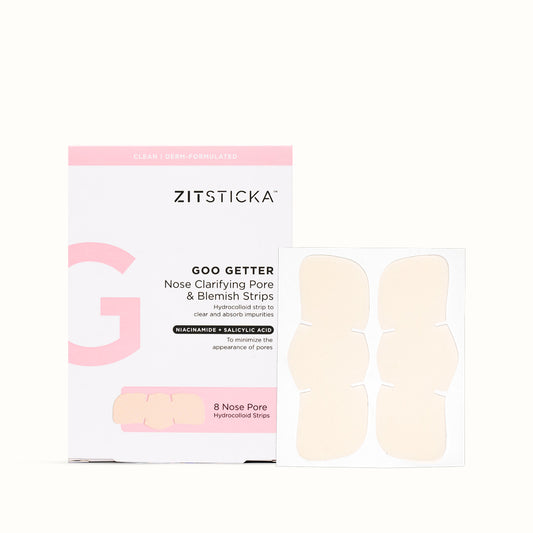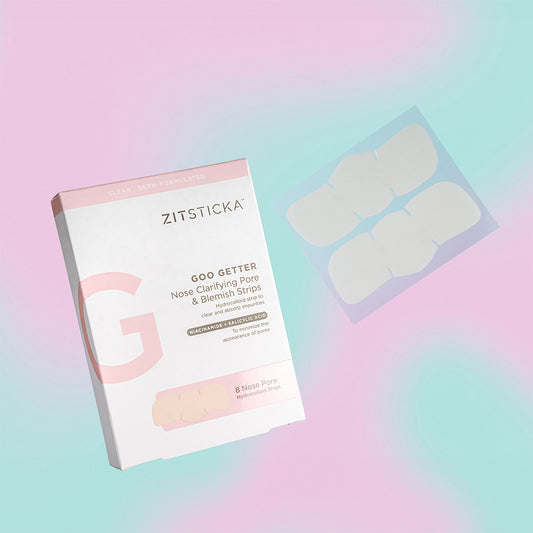By: Hannah Smith
Post-acne dark spots? Hate them. A glowing tan? Love it. What do they have in common? They’re both the result of melanin production. If you’re vaguely into skincare (which I’m going to assume you are since you’re here), you’ve definitely had an experience with something melanin related, and the fact of the matter is, it can be tricky to deal with.
What is Melanin and How Does It Form?
Simply put, melanin is a pigment found in the eyes, hair, and skin of humans and animals that often determines the pigmentation and color of one’s eyes, hair and skin. And against popular opinion, yes, even extremely pale folks have melanin too. Though melanin is most commonly known for being a dark pigmentation that comes out in protection against the sun, melanin’s job goes beyond that to determine so much more – did you know red hair is determined by one mutated melanin receptor? Melanin’s job is really more than just skin-deep (lol) but most of the work is done in the skin. In a process called melanogenesis, melanin is produced in the basal layer of the skin (aka the deepest layer of your skin) and brought forward to the outermost layer of skin upon sun exposure, sometimes resulting in the golden tan you wanted, other times resulting in sun spots (but more on that later). As we spend more time in front of screens, it’s also been shown that blue light (like from your computers, TVs, and phones) and artificial light can also trigger the production of melanin.
How Do We Experience Melanin Differently?
Even though I personally look as if I’ve never seen a day in the sun, we all share similar amounts of melanin in the skin. The difference actually lies in how much of each type of melanin we’re made up of – that’s right, there’s more than one kind and the varying composures of these two pigments is what causes varying skin tones.
Meet pheomelanin, a yellowish-red pigment found in most skin types but is more commonly found in people with fair skin. Unlike what most people traditionally think about melanin, pheomelanin can actually increase skin sensitivity to sun and UV rays, resulting in skin tones who easily burn in the sun and will likely show more sun damage over time. This is what I have a lot of - you’re looking at a super Irish gal with a history of skin cancer in the fam, I can promise there’s no tans here.
On the other hand, meet eumelanin. Eumelanin is a brown pigment more common in dark skin tones and can be seen in smaller concentrations on fairer skin tones in ways such as sunspots. Eumelanin actually does provide protection from the sun (think of it as the body’s natural SPF), which is why folks with more pigmented skin tan easily, are less likely to sunburn and develop skin cancer, and why they tend to age a little more gracefully.
So while everyone contains just about the same level melanin, we all are made up of different variations of pheomelanin and eumelanin, causing us to have varying hair color, eye color, skin tones, and vastly different relationships with the sun. That’s why someone with darker skin might enjoy laying out in the sun, whereas I cannot be present for more than 10 minutes without cause for concern.
How Does Melanin Get Expressed?
Aside from melanin getting to determine our hair color, eye color, and skin tone, melanin can sometimes feel super annoying. The dark mark left behind from a pimple? Blame melanin. Did your upper lip get mysteriously darker after pregnancy? Blame melanin. Melanin is responsible for some seriously pesky skin problems, so let’s break them down.
Sun Spots
Sun spots form when vulnerable skin has been exposed to the sun for too long. As children, freckles are common in summer but often disappear in winter, as youthful skin has high cellular turnover that is constantly bringing forth fresher skin. As adults, many believe they have what is commonly referred to as age spots, but these are simply sun spots our skin isn’t shedding fast enough. As we age, our cellular turnover slows down and, in turn, our body’s natural ability to bring forth fresh, young skin gets inhibited. Though sun spots can be hard to treat as an adult, further sun protection can absolutely help prevent them from getting even darker with time.
Post-Inflammatory Hyperpigmentation
Don’t let the long phrase fool you, post-inflammatory hyperpigmentation is actually something we’re all familiar with – those dark marks left behind by acne! Acne scarring is easily one of the most annoying parts of actually getting a breakout because even though the pimple is gone, its ghost will still be there to keep you company for a few weeks at least. Most people will tell you to avoid a dark mark left behind by acne to not pick at it, and while they’re correct, sometimes you’ll be left with a mark anyway (this is simply because acne can still cause trauma to the area of skin it was).
Melasma
Melasma is a form of hyperpigmentation that is thought to be cause by both sun exposure and hormonal changes. Like other hormonal things (I’m looking at you, hormonal acne), melasma can be much more difficult to treat and fade. Unlike one-off sun spots and acne scars, melasma can be identified as larger, more symmetrical blotches on the skin, but common on the cheeks, nose, chin, and upper lip area. If you feel like you have something that might fit that profile, also take into consideration any hormonal changes during that time, like pregnancy or even just a change in birth control.
Is your melanin in jeopardy? Click here for the best ingredients for common skin discolorations.
Title image: @oyintofe.o

